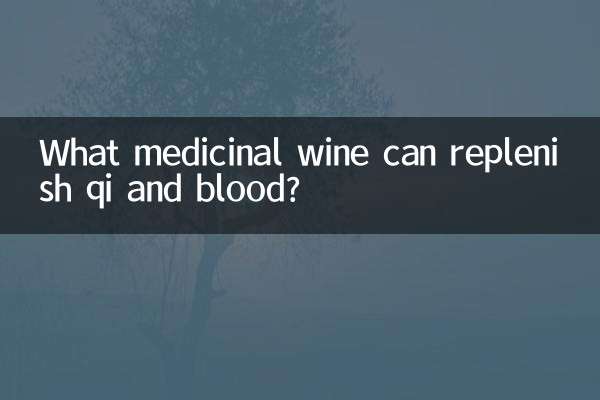Thalassemia: Learn about this inherited blood disorder
Thalassemia is a hereditary blood disease, mainly characterized by disorders of hemoglobin synthesis, resulting in reduced number or abnormal function of red blood cells. In recent years, with the popularization of genetic testing technology and the improvement of public health awareness, thalassemia has become one of the hot topics. This article will combine the hot topics of the past 10 days to introduce you to the relevant knowledge of this disease in detail.
1. Basic information about thalassemia

Thalassemia is mainly divided into alpha and beta types, and can be divided into mild, intermediate and severe types according to the severity. Here’s a comparison of the features of the two main types:
| type | Affected genes | Symptoms | Treatment |
|---|---|---|---|
| alpha thalassemia | HBA1/HBA2 gene | Anemia ranging from asymptomatic to severe | Blood transfusion, splenectomy, stem cell transplant |
| beta thalassemia | HBB gene | anemia, growth retardation, skeletal abnormalities | Regular blood transfusion, iron removal treatment, gene therapy |
2. Recent hot topics
1.Gene therapy breakthrough:A recent study published in Nature Medicine shows that the new gene editing technology CRISPR-Cas9 has made significant progress in the treatment of β-thalassemia, and some patients have become long-term independent of blood transfusions.
2.Prenatal screening promotion:Health departments in many places have recently strengthened the promotion of prenatal screening for thalassemia, emphasizing the importance of pre-marital and pre-pregnancy screening to reduce the birth of children with thalassemia major.
3.Patient Assistance Programs:Several charitable organizations have recently launched assistance programs for thalassemia patients in poor areas, providing free testing and basic treatment drugs.
3. Global epidemiological data
According to the latest statistics from the World Health Organization, the global distribution of thalassemia is as follows:
| area | Carriage rate | new cases per year | Main types |
|---|---|---|---|
| Southeast Asia | 5-10% | about 50,000 | alpha and beta types |
| mediterranean region | 3-8% | about 30,000 | Mainly β type |
| Africa | 1-3% | about 10,000 | Mainly α type |
4. Progress in Diagnosis and Treatment
The diagnosis of thalassemia mainly relies on blood tests, hemoglobin electrophoresis and genetic testing. Diagnostic technology has continued to advance in recent years:
| Detection method | Accuracy | Detection time | Applicable stage |
|---|---|---|---|
| Blood routine | 80-90% | 1 hour | initial screening |
| Hemoglobin electrophoresis | More than 95% | 2-3 days | Diagnosis and classification |
| genetic testing | More than 99% | 1-2 weeks | genetic counseling |
5. Prevention and life management
1.Genetic Counseling:People with a family history should undergo genetic testing and counseling before marriage or pregnancy.
2.Nutritional support:Patients should ensure adequate nutrition, especially the intake of iron, folic acid and vitamin B12, but iron supplementation must be prescribed by a doctor.
3.Regular follow-up:Mild patients should be examined every 6-12 months, while severe patients need monthly follow-up.
4.Exercise suggestions:Adjust exercise intensity according to the degree of anemia to avoid hypoxia caused by strenuous exercise.
6. Social support and resources
Recently, mutual aid organizations for thalassemia patients have been established in many places to provide psychological support and medical information to patients’ families. At the same time, multiple Internet medical platforms have launched online consultation services to facilitate patients in remote areas to obtain professional guidance.
Although thalassemia is a lifelong disease, with the advancement of medical technology and social attention, the quality of life and life expectancy of patients are constantly improving. The public should raise awareness of this disease, conduct early screening, early diagnosis, and early intervention to jointly reduce the burden of thalassemia on individuals and society.

check the details

check the details